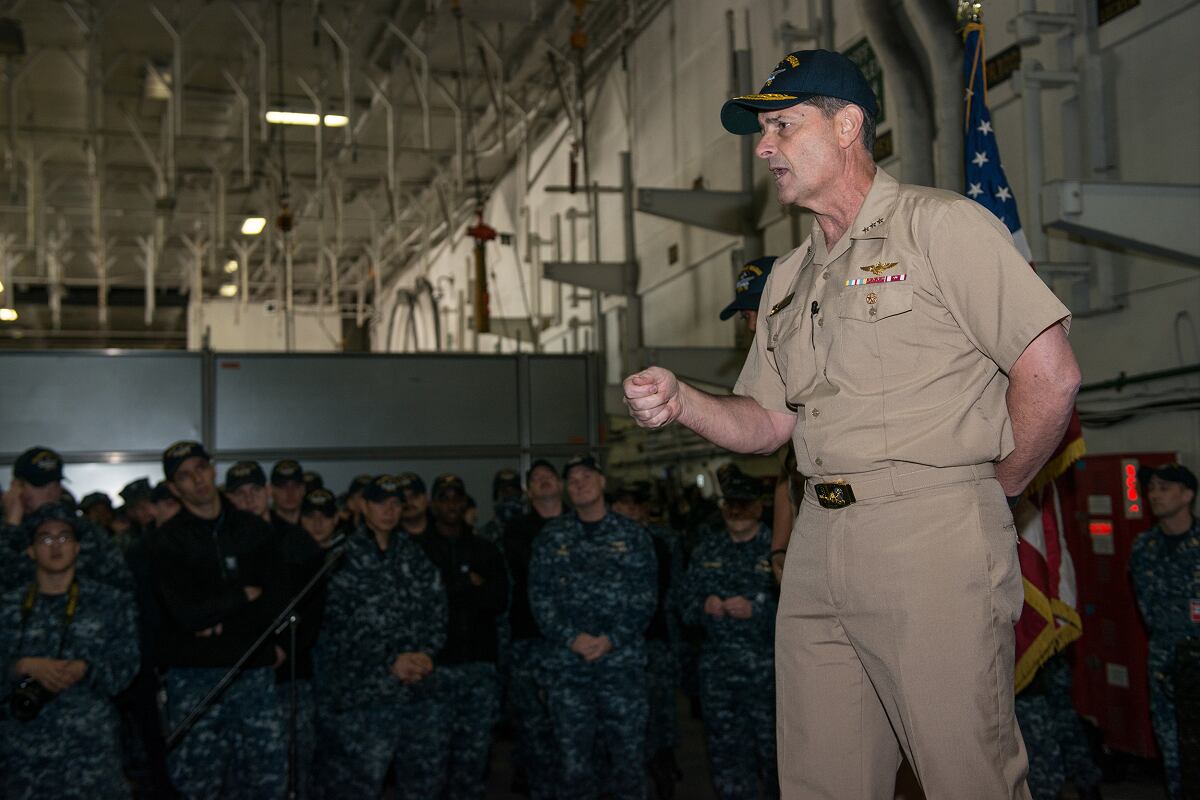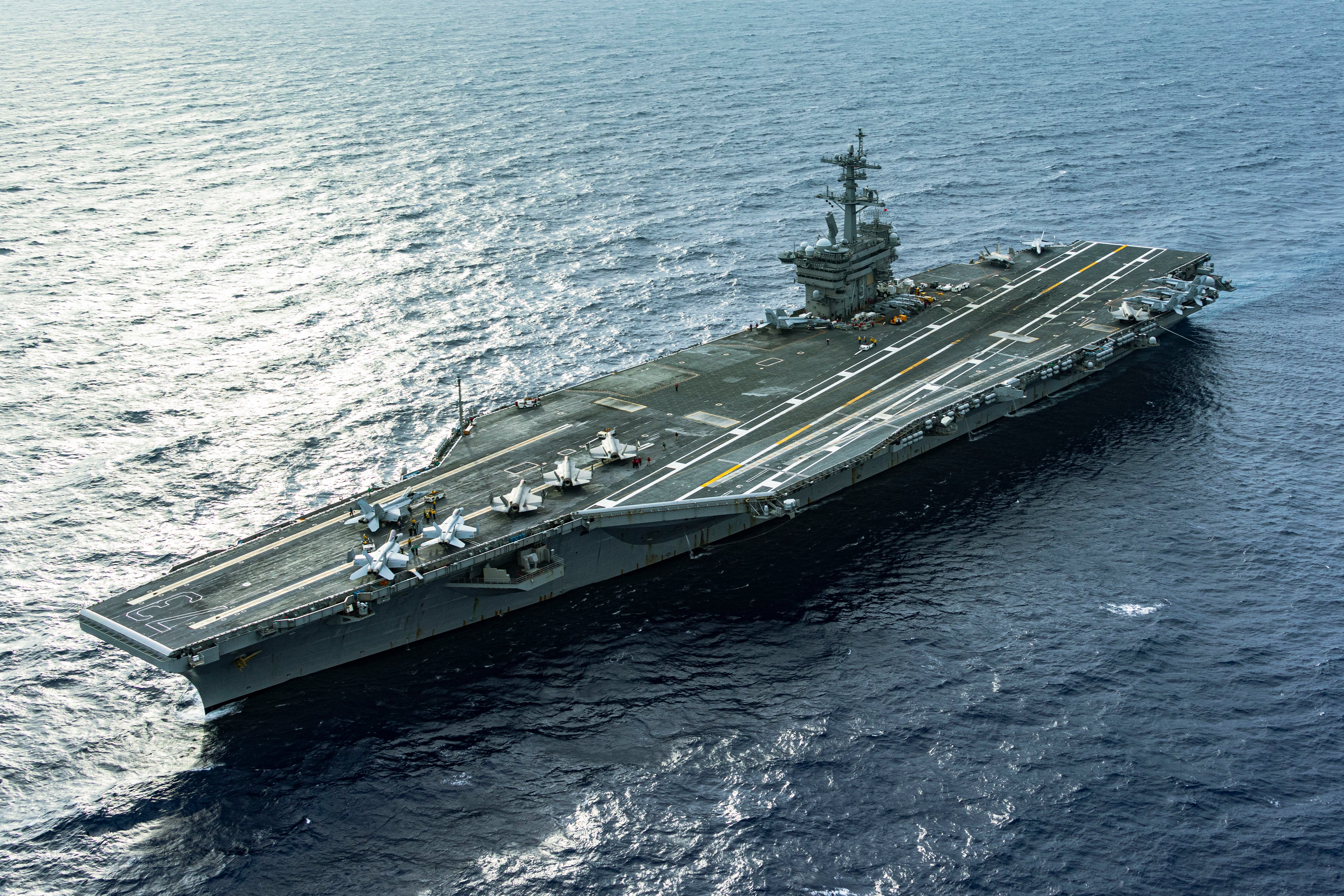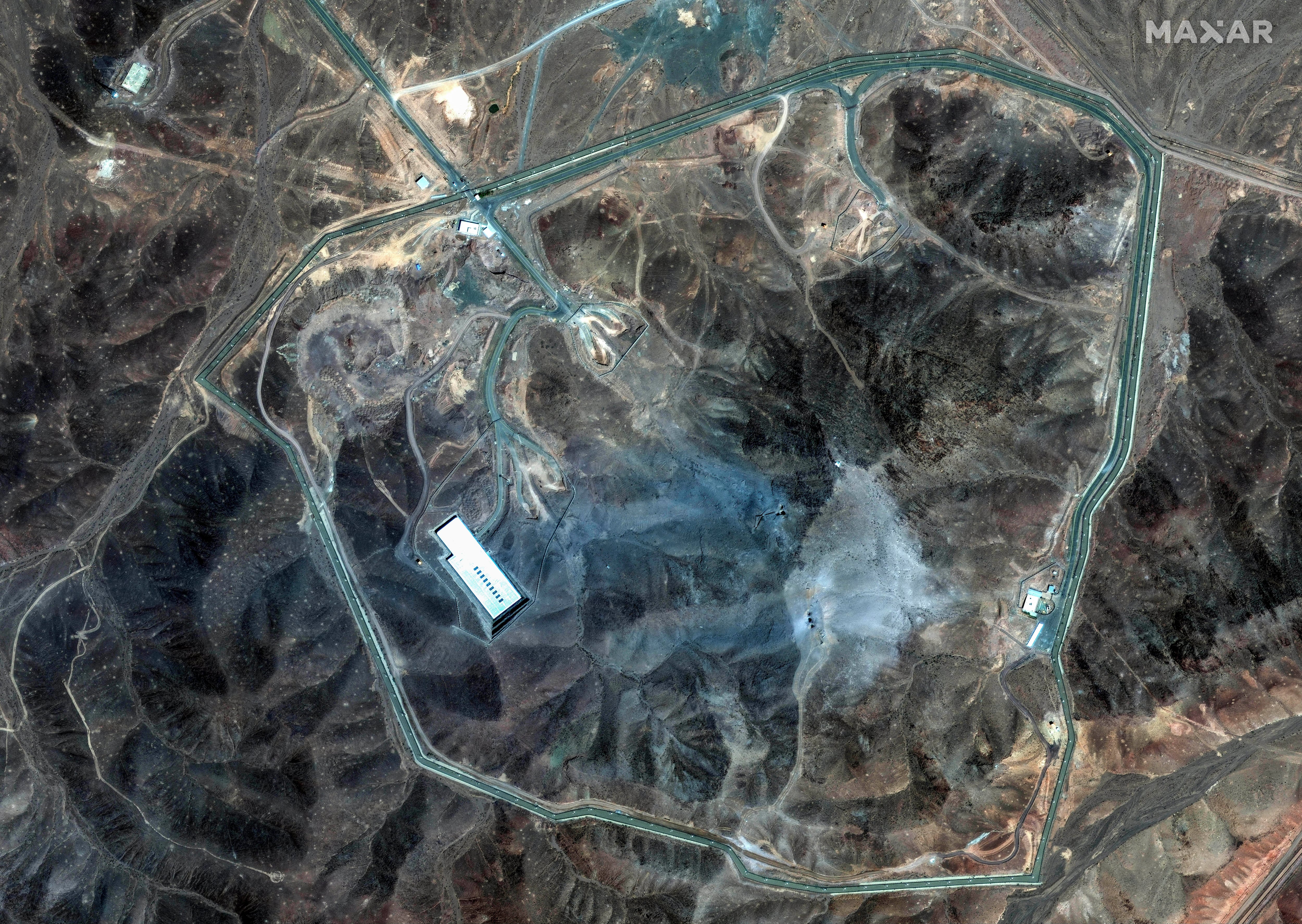NAVAL AIR STATION OCEANA, Virginia — The vice chief of naval operations had to see the issues for himself.
Years of flying the jets in combat missions over Iraq, Afghanistan and Syria have put an enormous strain on the Navy’s tactical aircraft, the fleet’s main battle axe in the war on terror. Years of shortages have taken their toll: shortages in spare parts, shortages in personnel, shortages in flight training hours for pilots when they return from deployment.
The result: Today only one in three of the Navy’s F/A-18 Hornets are fully mission capable and ready to fly in combat. Naval aviation is either at or close to its readiness nadir.
What the sailors here told Adm. Bill Moran during a February visit would sound familiar to those who have followed the issue: long waits for spare parts, contracting delays, and the increasingly complex problems associated with maintaining aircraft that have well exceeded their planned flying hours.
The maintainers have been putting processes into place that have been translating into faster turnaround times, but the essential facts have remained static. The Navy will have a hard time making significant headway on readiness until the money from budget plus-ups in 2017, 2018 and a budget deal in 2019 and 2020 start translating into more parts and more up jets.
“We kind of lost our way a few years back when we were all doing everything we could to get airplanes and ships forward into the fight,” Moran told Defense News during the trip. “Then it went on and on and on, and I think that’s where the stress of not only the people and the equipment but also the processes started to break down.”
It’s a familiar story.
In 2017, the crisis in readiness that began spinning out of control in the Japan-based U.S. 7th Fleet was laid bare after three collisions and a grounding killed 17 sailors and sidelined three of the fleet’s 11 cruisers and destroyers, including two of the seven ships designated as ballistic missile defense ships. A subsequent pair of reviews found a culture where getting ships forward to meet ever-increasing demands caused leaders to cut corners on training and readiness that by the summer of 2017 had reached critical lows.

But while the surface fleet’s problems became national and international news, aviation was instead in a kind of quiet crisis — still able to put working jets and trained pilots on carriers all over the world but eroding badly everywhere else. Now, flush with money from budget increases, the Navy is going after its degraded aviation enterprise full bore.
“I think for all of us it’s more up jets,” Moran said in a later interview. “We’ve got to have more up jets. One, two, 10, 100. That has to be the call to arms. That’s everything from how we resource, how we train, how we man. But perhaps more important, or at least equally important, is the attitude and motivation of our teams out in the fleet. We need to get after this and I have every confidence in [Air Boss Vice Adm. DeWolfe Miller III] to do that.”
The bad news
Then-air boss Vice Adm. Mike Shoemaker painted a bleak portrait of the state of naval aviation readiness in a November hearing before the House Armed Services Committee’s readiness subcommittee.
In brief but stunning testimony, Shoemaker offered a clear view of the readiness ditch that naval aviation had been driven into by incessant demand, budget cuts and backlogs at the aircraft repair depots.
“We are meeting the combatant commanders’ requirements for ready, lethal carriers and air wings forward, but at a tremendous cost to the readiness of our forces at home,” Shoemaker told the committee.
“For example, to get Carl Vinson, Nimitz and Theodore Roosevelt ready to deploy in January, June and October of this year, and equip their embarked air wings with the required number of mission capable jets, 94 strike fighters had to be transferred to and from the maintenance depots or between F-18 squadrons on both coasts.”
Shoemaker went on to say that, to get the fighters out the door, he had to poach 300 sailors from other squadrons to fill out critical billets in the air wings and cannibalize hundreds of parts from other jets, which further reduced the number of jets the home squadrons had to fly and train on. It’s a shell game, Shoemaker said, and it was degrading the naval aviation’s overall readiness.
The numbers told much of the story. Of the Navy’s 542 F/A-18E/F Super Hornets, only 170 were deemed mission capable, or able to be deployed. That number has remained largely static since Shoemaker’s testimony, said Lt. Lauren Chatmas, a Navy spokeswoman.
Worse still, the service is beginning to see the outlines of a retention problem among its pilots, something it has been signaling could be on the horizon for years. In March, the chief of naval operations’ director of air warfare testified that the Navy was missing its goals for retaining department heads – the tour that directly follows the first 10-year commitment. In other words, pilots aren’t staying in the Navy after their first tour.
The way forward
Getting naval aviation out of the ditch and back on the road will be a long process, but the Navy has taken some concrete steps to try and alleviate both the short term and long-term symptoms of the readiness crisis. In March, for example, the service was sweetening the pot for department heads and for senior aviators, hoping to lure pilots away from the well-paying commercial airlines with bonuses in exchange for multi-year commitments.
But keeping pilots in the Navy is only worth so much if the Navy doesn’t have jets to fly. And to get more jets, the Navy has to get more spare parts.
The budget plus-ups of the Trump era have pushed needed money into the parts accounts, but it’s going to take some time for money to translate into large quantities of spares in the fleet.
“I know it’s probably unsatisfying to the aviation community out there, but we have put a significant amount” of money towards the major shortages, Moran said.
One of the major hang-ups in getting spares into the fleet has been difficulty with suppliers who during the era of budget cuts either went out of business or decided to leave the defense industry. In December, the Center for Strategic and International Studies released a study that estimated that about 17,000 suppliers may have left the Defense business, or 20 percent of the total, between 2011 and 2015. Those supplier issues are right now hampering the Navy’s ability to execute on contracts quickly, Moran said, adding that a return to stable funding should ameliorate issues by reassuring suppliers.
“Stable funding is critical to an industry that needs stability in programming and budgeting so that they’re actively working to make sure they have the capacity to fill the resourcing of parts, spares, consumables and all the things that go with that,” he said. “If you are going to do ‘a couple of these here, a couple of those there,’ the vendor base here in the U.S. is not going to want to participate in that.
“So when we have down years in funding it makes it really difficult to contract on a timeline that satisfies the fleet’s needs. … That stability is now in the budget. What we now have to see is performance against that stability by our vendor base, by our primes and by our own teams in the fleet.
“We no longer have an excuse that we don’t have enough money, now we’ve actually got to go after this full-bore.”
The Navy has also made the decision to strike nearly 140 of the legacy one-seater Hornets that have been creating backlogs in the maintenance depots. The aircraft will be harvested for parts and the best of the aircraft will be transferred to the Marine Corps, which has been suffering from readiness problems in its legacy aircraft as it transitions to the F-35B.
The cut aircraft will be offset by an influx of new F/A-18s the Navy has purchased over the last few years, including 24 new Super Hornets funded in the 2018 Ominibus spending bill: double what the service requested. The move is combined with the acceleration of the transition of the last two squadrons flying legacy Hornets to the Super Hornets. Those two squadrons will transition by the end of 2019.
“We’ve made the investments,” Moran told a group of young pilots at a round table discussion in Oceana. “The parts bins are going to be filling up and we’re going to see more up jets. We just need you to stick around to see it.”
David B. Larter was the naval warfare reporter for Defense News.




